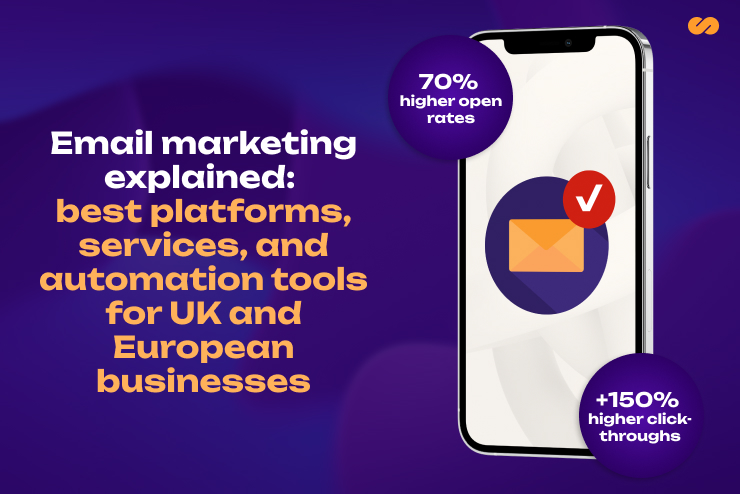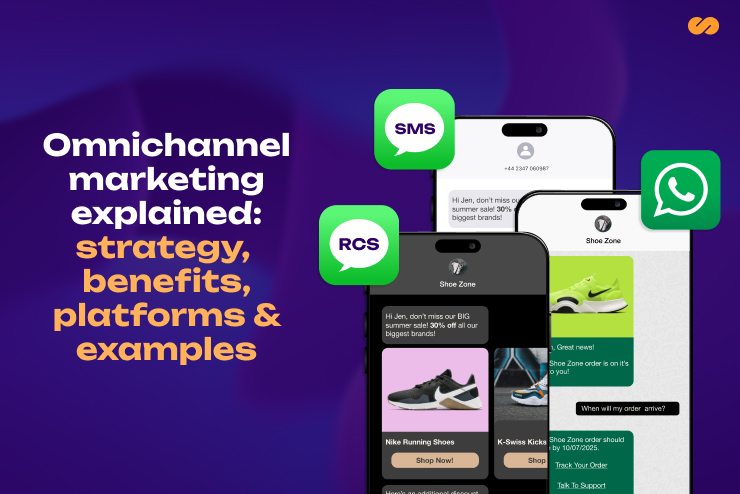What Is CRO and Why Do You Need It?

What is CRO?
Conversion Rate Optimisation is an umbrella term for a series of methods which have the same aim: to increase the proportion of website visitors that convert.
This conversion may be a sale or a lead such as a quote request, but could also refer to lesser micro-conversion goals, such as generating sign-ups to an email list, or driving downloads of a report or white paper.
Many websites, apps, and general online customer journeys are imperfect, and contain areas where customers encounter friction when attempting to carry out tasks.
If the effort required to complete tasks such as booking hotels or paying for items is too much for users, then significant numbers will abandon your website.
Conversion rate optimisation services is about addressing issues which prevent users from buying, and giving them reasons to convert.
In a mature and competitive ecommerce market, a great user experience, backed up with an effective CRO strategy can be the key to sales growth.
Common CRO Methods
There are plenty of methods for improving conversion rates. Here are some popular methods taken from Econsultancy’s CRO Report.
Websites will often use a combination of CRO methods to find the blend that produces the best results. For example, feedback surveys and user tests can uncover areas where users are experiencing problems, while A/B testing can help retailers to identify the best solution for these issues.
Here are some of the most common methods used to improve conversion:
A/B Testing
In A/B testing, you set up two different versions of a landing page, (or email, product page, checkout form…). Tests may involve two completely different pages, or the same page where just one or two elements have changed.
You can then see whether or not a small change to an element on the page such as a call-to-action (CTA) button makes a difference to conversion rates.
A/B tests are relatively easy to set up, they can deliver clear results, and small changes can make a big difference. However, it’s important to be aware of some of the drawbacks. Reliable A/B tests require plenty of traffic to be significant, and that can take time. In addition, results can often be inconclusive.
Multivariate Testing
A/B testing measures two variations against each other, multivariate testing (as the name suggests) tests changes made to a range of elements on a page. For example, different images and headlines on a landing page could be changed, which will then lead to six or more variations of the page being served to different visitors.
As with A/B testing, a structured approach is the answer. For one, you need to know the sample sizes you’ll need for a reliable test, and then it’s about interpreting the results.
User Testing
User testing helps to take the guesswork out of CRO, by finding out directly how people (your potential customers) react when using your site. Everyone involved has an opinion about their website and its design, which can result in a compromise ‘design by committee’ or perhaps the result of the preferences of the boss – the ‘HIPPO’ effect.
User testing can cut through this opinion and tell you exactly how people use your site, and the points where they may struggle to complete certain tasks.
Feedback Surveys
Feedback surveys can help you to understand why visitors abandon purchases, and can provide some direct insight into areas for improvement on your website.

How CRO Helps Improve the User Experience
One key benefit of an effective CRO strategy should be an improvement in the overall user experience.
CRO is often about making key tasks easier for shoppers; simplifying forms, ensuring the site works well on all browsers and devices, and generally removing sources of friction (and annoyance) for users.
CRO and UX practitioners often use the same techniques, including those outlined above and, while CRO is generally more keenly focused on improving business results, a good user experience should help any business improve its results.





